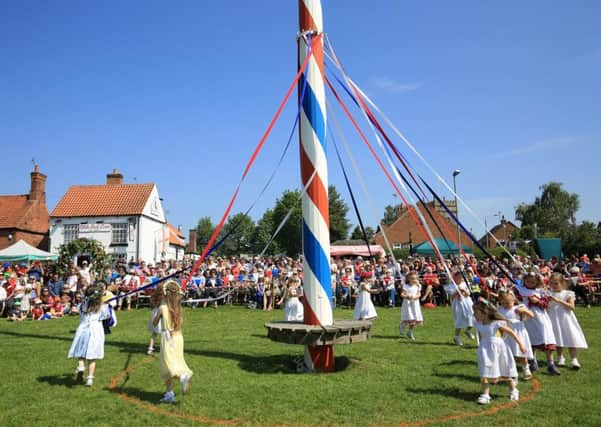May traditions that mark the start of spring go back centuries


In Gaelic culture (circa 900AD), the evening of April 30 was the celebration of Beltane (‘lucky fire’) which mainly focused on the symbolic use of fire to bless cattle and other livestock as they were moved to summer pastures.
By the middle ages, some of what had once been Floralia, Beltaine, and other early-spring festivals had been applied to the Christian celebration of Whitsun, or Pentecost.
Advertisement
Hide AdAdvertisement
Hide AdThis was one of three weeks of holiday for the medieval worker.
There seems to have been some tension in the church between celebrating Pentecost and the more secular traditions of ‘bringing in the May.’
In 1240, the Bishop of Lincoln complained about his priests taking part in this highly questionable custom, and other similar complaints exist through the 13th and 14th centuries.
The most enduring image of a May Day celebration is the maypole.
Advertisement
Hide AdAdvertisement
Hide AdWhile the earliest recorded evidence of it is from a Welsh poem by Gryffydd ap Adda ap Dafydd in the mid- 14th century, describing a maypole in Llanidloes, it seems otherwise to be English in origin.
From the early 1400s there are records of English villages decorating maypoles.
The crowning of a May Queen or King can also be traced back to the medieval period.
The Bishop of Worcester complained about a May beauty contest that sounds suspiciously like such a ceremony in 1240, and there are other references in manuscripts in 1303 and 1306.
After about 1450, summer kings seem to have been more common than summer queens and there are only a few instances of there being one of each.